- Learning time
- 60 minutes
- First play time
- 150 minutes
IKI
Designed by: Koota Yamada
In IKI, players travel back to Tokyo – then called Edo – in the 17th-19th centuries. The goal is to best serve the city over a year of game time, and this is done… well, in several ways. Let’s take a look at them.
The game plays over twelve rounds – the months of the year – before one final, slightly different thirteenth round takes place. The board shows the city centre: a street, around which players will travel using their Oyakata meeple. As you amble the city, you interact with the various traders, taking actions wherever your Oyakata stops: from the shop itself – printed on the board – or the characters who work there – on cards the players will add. These actions might be as simple as getting cash, rice or wood to construct buildings with. or picking up the knowledge of firefighting.
Why firefighting? Well, Edu is unfortunately going to be hit with three fires during the game, and you’re less likely to be troubled by the fire if you can put it out. Your prowess at extinguishing such threats is tracked on the board, and this firefighting track also establishes turn order. Turn order is important in IKI, because although the Oyakata can share spaces on the street, getting somewhere first can be very beneficial.
At the start of each round turn order is established – along with how far your Oyakata will move, between 1 and 4 spaces – then, before each player has the option of either taking four cash, or taking one of the available character cards – paying the cost – and placing them in a free shop on the board. To show this character is in your employ, place one of your smaller kobun figures on the bottom space of the experience track on the card: every time another player uses this character (taking the action on the card) they’ll gain experience, pushing them up the track. Whenever your Oyakata completes a circuit of the board, all your kobun gain experience as well! If they reach the top, that kobun and card are removed from the board, but you still get the rewards of training them up when payday rolls around.
Payday is every three months: all your kobun whether on the board or since-removed bring the fruits of their experience: depending on what character cards they occupy, you’ll get cash, rice, wood, points and so on. You also get cash for having cards of the same colour in the same parts of town, and must at this point feed your kobun: spending a rice for every one you have out on the board somewhere. But also arriving on schedule (in months 5, 7 and 10) are the dreaded fires, which appear in the corners of the city and – potentially – spread inwards, wiping out kobun who don’t have the necessary firefighting skills to defeat them. If you’ve been carefully nurturing them into productive workers, this can be bad news, so there’s an element of risk in firefighting: if you don’t develop the skill to see off the fires, it’s a gamble. If you do, you’re spending precious actions on something that might possibly not affect you anyway!
After the twelfth round, every player gets one last single turn with their Oyakata, ignoring usual movement rules and placing them anywhere in the city. After that, players score for a number of things including the buildings mentioned earlier, elements from the shops they’ve collected (fish, pipes, tobacco, that all score in different ways) and the character cards they trained up with their kobun.
The guru's verdict
-
Take That!
Take That!
Very little. The only area where players are jostling for position is turn order, which also determines how far your Oyakata will move. You can be beaten to the punch in the nabbing of various things, though: unlike rice, wood and cash the fish, pipes and tobacco are limited in numbers.
-
Fidget Factor!
Fidget Factor!
High on a first play, when the various overlapping and interlocking parts of IKI can seem bewildering. But dropping thereafter to a more moderate pace.
-
Brain Burn!
Brain Burn!
IKI is one of those games where there are multiple opportunities and working out which combination of them serve you best is the games' strength or weakness, depending on your preferences.
-
Again Again!
Again Again!
But if you like the puzzle IKI offers, there is enormous variation in how it plays, with the randomized appearance character cards and appearance of fires giving players tactical deviations that they need to work into their planning.


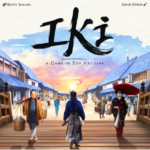
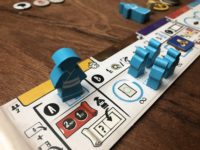
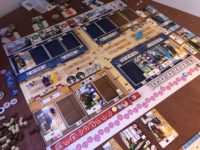
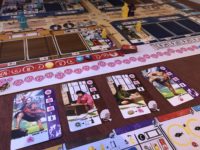
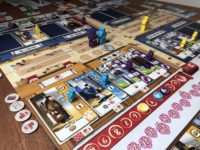


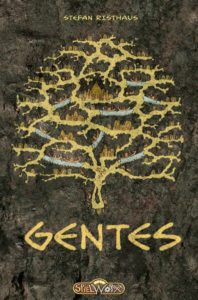

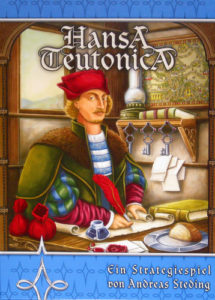
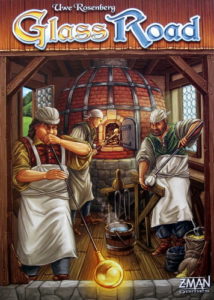

Sam says
Whew. The first play of IKI is kinda bananas, because you have three kinds of meeples, three different currencies and six buildings to think about building. That's before you get to the tactical offerings of the character cards, which - once you're more familiar - determine and channel your strategy. I did get a sense, both on reading the rules and playing for the first time, of flailing around a little, unsure of what I'm actually trying to achieve - IKI's theme is pretty vague and the numerous ways to score points don't exactly bring it into sharp focus. The objectives you need to think about are diverse: characters of different colours, fish with a restaurant, pipes with tobacco... why? Having it played it a few times, I'm still not entirely clear. But some games are best seen as puzzles, and when viewed that way IKI is very good: you only have 13 turns, and each decision you make sends ripples out to your future self, and if the player interaction isn't confrontational the pushing for turn order can feel like a fight: you don't want to arrive at the fish shop and find the fish have gone, or rock up to take a character action only to find that character has now gone, retired by it's kobun owner after reaching maximum experience. It's a hard game to explain, and learn, and the first play will feel largely an exploration. But if the sense of a tactical, potentially perilous puzzle is something that appeals, stick with it - IKI rewards.